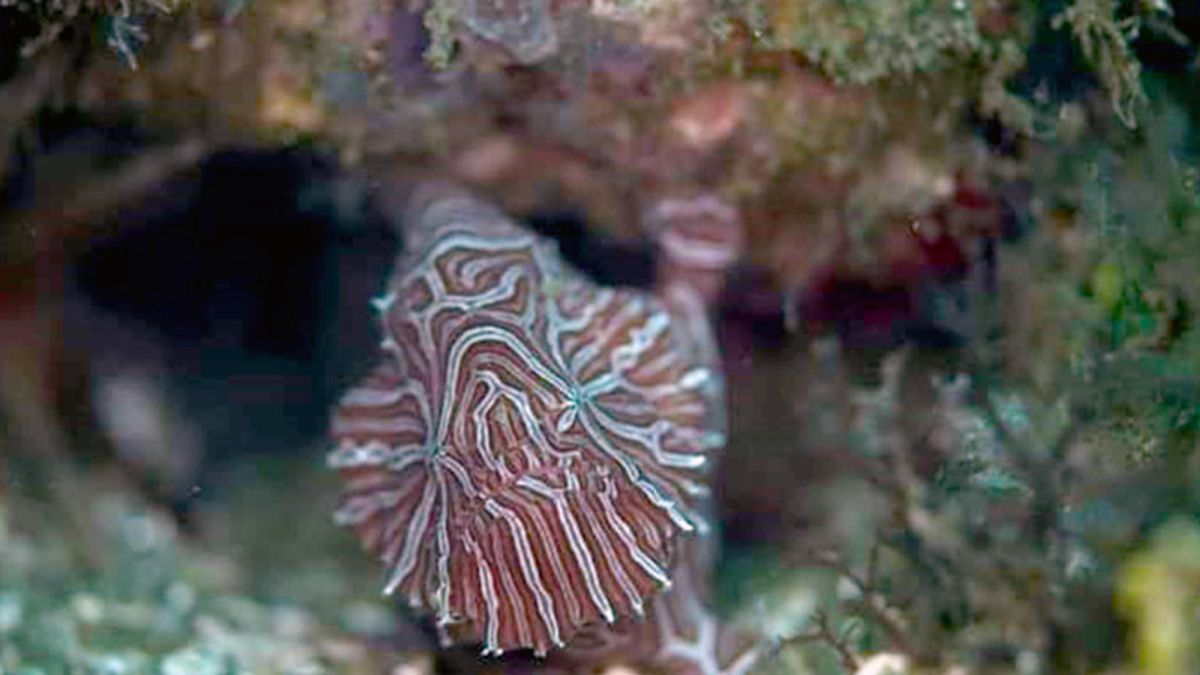JAKARTA - The endangered species of Maluku frog fish (Histiophryne psychedelica) which is a tourism attraction in Ambon City, Maluku Province, now requires serious attention because its habitat is starting to be polluted with garbage. this," said an ecotourism actor who is also a licensed diving instructor, Zainal H. Renuat in Ambon, as reported by Antara, Wednesday, September 1. He explained that the fish is an endemic animal in Ambon Bay which is an ecotourism attraction for divers and researchers to visit the waters. Laha Village, Teluk Ambon District. The small fish is about 10 centimeters in size with striking pink stripes with palm patterns, similar to frogfish in the Actinopterygii class. However, he said this unique fish is threatened with extinction if there is no public awareness to protect it. habitats in the sea. According to Zainal, the local community still lacks awareness of beach cleanliness. " said Zainal explaining the threat that afflicts the rare fish. He hopes that all parties, both the government and the mass media, continue to educate the public about the importance of preserving the environment. In addition, tourism lovers can also hold activities that make people understand about environmental sustainability. With that, I think it can help, "he said.
Research professor from the LIPI Oceanographic Research Center, Teguh Kapandy, explained that this fish species was first discovered by Ted Pietsch, Arnold & Hall in 2009. This fish with the Latin name Histiophryne psychedelica can be found at a depth of 10 meters or more. This fish is different from other fish. other frogs because they have a flat face and a pair of eyes facing forward. Generally, fish have eyes on the side of the head, so the Moluccan toad has a viewing angle like the human eye. "This fish lives in coral areas, and is only found in Ambon, it has never been found anywhere else," said Teguh when contacted by Antara from Ambon He said it is very important to maintain the health of the environment where these fish are found. The potential for research on the Maluku frog fish is also still open because the number of its population cannot be ascertained. "Because what threatens this fish to extinction is plastic waste that sinks to the seabed, then waste that can damage corals. Moreover, these fish live around it," said Teguh Akhirdy.
The English, Chinese, Japanese, Arabic, and French versions are automatically generated by the AI. So there may still be inaccuracies in translating, please always see Indonesian as our main language. (system supported by DigitalSiber.id)













